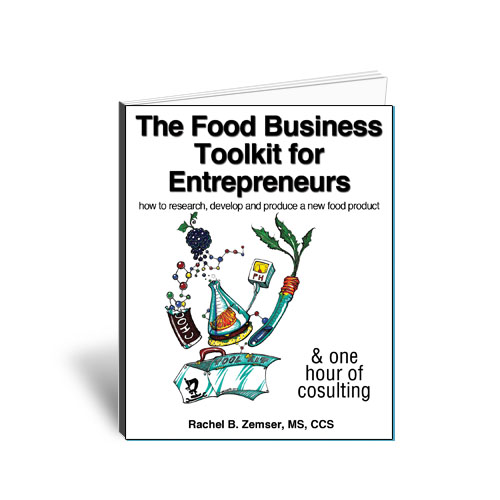2019 Predictions: Restaurant Trends
Restaurants Embrace More Technology, Evolving Definition of "Transparency"
Four key operational trends identified by Technomic researchers

Singapore's honestbee, an online grocery delivery business, opened "habitat by honestbee," which it calls the "world's first tech-integrated, multi-sensory grocery and dining destination." Spanning 60,000 square feet, habitat by honestbee is a full supermarket, specialty fresh grocer, online fulfillment center, retail innovation hub and experiential dining destination. To enter habitat and avail themselves to all the services, customers download the honestbee app. This is linked to the credit card or through beePay, honestbee's very own mobile payments wallet to make secure, cashless transactions.
PHOTO COURTESY OF: HONESTBEE (WWW.HONESTBEE.SG.EN)
Foodservice industry trends and data observer Technomic looked at a wide range of factors affecting the restaurant industry and compiled a list of its top seven key trends for 2019 and beyond.
Here are four key operational trends identified by Technomic researchers.
Next Wave for Third-Party Players: Off-premise dining is booming, and third-party food delivery companies are stepping up to feed an on-demand culture. But between top players like Grubhub and Uber Eats, and start-up companies eager to get into the game, the third-party field is crowded and companies are hustling to differentiate.
Subscription models that eliminate per-delivery fees in favor of a flat-rate subscription will emerge to present a clearer value proposition for consumers. For third-party delivery services on pace to win the “last mile” with consumers, subscription programs may be the next incentive to provide a true competitive edge.
Meat-Free to the Extreme: Plant-based dining now means more than just swapping meats for veggies; it represents a strategy that includes zero waste policies and a wider focus on sustainability. Restaurant companies are banning plastic straws in an eco-friendly push to eliminate waste and pollution, and operators are making compostable, plant-based food packaging a priority.
Can a full-on ban of meat be next? We’re already seeing companies outside the industry put policies in place to ban meat consumption on-site and to incentivize employees not to order meat when they dine out.
Tech Taking Over the Experience: Technology amenities, from drone delivery to app-based checkout services, are redefining convenience and putting “frictionless” foodservice front and center. The game-changing rollout of Amazon Go into new markets is exposing more consumers to next-generation grab-and-go.
But if the future is indeed frictionless, what lasting impact will it have on customer experiences and person-to-person interaction?
Transparency: Mention “transparency” in years past and consumers would likely connect it to a product story around sourcing, food origins and growing and processing methods.
Tomorrow’s foodservice consumer increasingly will demand a more well-rounded transparency message and, in response, manufacturers and operators will craft a multifaceted approach. This means brands being fully transparent on several fronts, including pricing, revealing true net costs and unbundled costs; corporate performance, emphasizing fair trade, diversity, living wages and executive compensation; and the planet, publicizing its real environmental impact, conservation initiatives and progressive stance on animal welfare.
Originally appeared in the December, 2018 issue of Prepared Foods as Next-Gen Dinings.
Looking for a reprint of this article?
From high-res PDFs to custom plaques, order your copy today!






